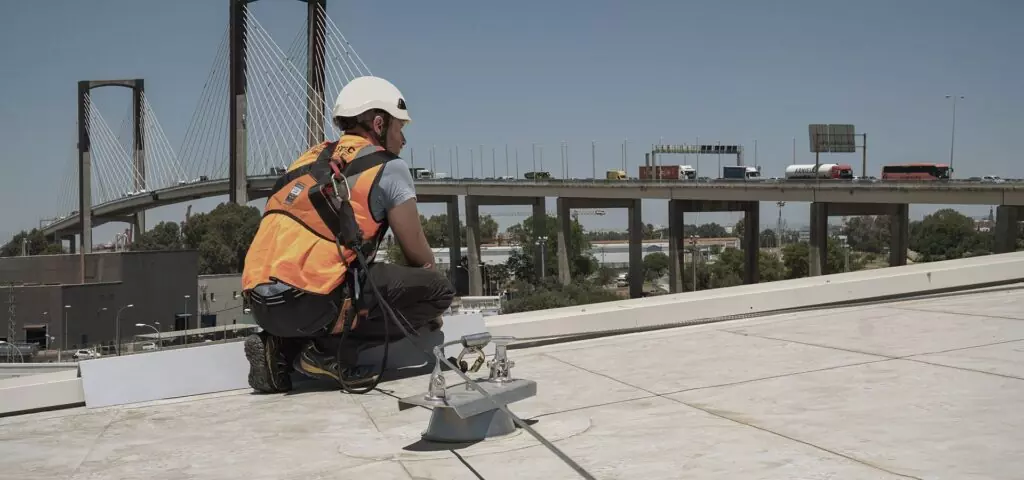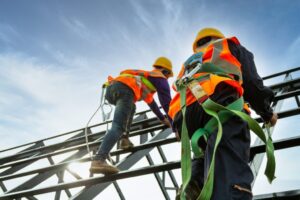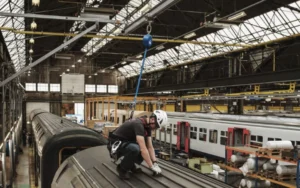In the Philippines, ensuring worker safety, especially at heights, is a critical concern due to the inherent risks associated with falls. Fall arrest lifelines are essential in providing effective protection and preventing serious injuries or fatalities. This blog delves into the regulatory framework and standards governing fall arrest systems in the Philippines, helping businesses and safety professionals navigate compliance and enhance workplace safety.
The Importance of Fall Arrest Lifelines
Fall arrest lifelines are designed to protect workers who perform tasks at elevated heights by arresting their fall and minimizing injury. These systems play a crucial role in preventing severe accidents, which can lead to disabilities or even fatalities. According to recent statistics, fall-related incidents are a significant cause of workplace injuries in the Philippines, underscoring the need for robust fall protection measures.
Regulatory Framework for Fall Arrest Lifelines in the Philippines
In the Philippines, the Department of Labor and Employment (DOLE) provides key regulations that govern the use of fall arrest systems. For instance, DOLE Department Order No. 198-18 outlines the Occupational Safety and Health Standards (OSHS) that employers must adhere to. These regulations mandate the installation of fall arrest systems in any work environment where there is a risk of falling from heights, ensuring comprehensive safety protocols.
Compliance with these regulations is essential for protecting workers and avoiding legal repercussions. Employers are required to implement and maintain fall protection systems that meet these standards to safeguard their workforce effectively.
Key Standards and Guidelines
In addition to local regulations, there are several standards that fall arrest systems must meet. National standards in the Philippines often align with international guidelines, such as the European Standard EN 795:2012, which specifies requirements for fall protection systems. These standards ensure that the fall arrest systems are tested and proven to provide reliable safety performance.
By adhering to these standards, businesses can ensure that their fall arrest systems are of high quality and capable of protecting workers effectively. Comparing local standards with international ones helps in understanding the global benchmarks for fall protection.
Types of Fall Arrest Lifelines
Horizontal Lifelines: These systems provide continuous fall protection across large work areas. Horizontal lifelines consist of flexible cables installed between anchor points, allowing workers to move horizontally while remaining connected. They are ideal for rooftops, construction sites, and industrial facilities.
Vertical Lifelines: Used primarily for tasks involving vertical ascent or descent, vertical lifelines consist of ropes or cables with connectors and anchorage points. They are crucial in industries like telecommunications, construction, and wind energy.
Overhead Lifelines: Installed above the worker, these systems offer fall protection for tasks performed directly below. Overhead lifelines are useful in manufacturing facilities, warehouses, and assembly lines where workers need freedom of movement beneath the lifeline.
Rail-Type Lifelines: Manufactured to comply with EN 795:2012 class D, these aluminum alloy rail systems can be used for both fall arrest and abseiling purposes. They are durable, resistant to marine environments, and prevent electrolytic corrosion between the rail and the steel framework.
Compliance and Certification
Ensuring that fall arrest systems meet regulatory and safety standards involves certification from recognized bodies. In the Philippines, various organizations are responsible for certifying these systems to ensure they meet the required safety benchmarks. Regular inspection and maintenance are crucial to maintaining compliance and ensuring that the systems function correctly over time.
Best Practices for Implementing Fall Arrest Lifelines
Installation Guidelines: Proper installation is key to the effectiveness of fall arrest systems. Following manufacturer guidelines and regulatory standards ensures that the system provides reliable protection.
Training Requirements: Workers must be trained in the correct use of fall arrest systems to maximize their safety. Training programs should cover system operation, emergency procedures, and regular checks.
Regular Audits: Conducting safety audits and compliance checks helps identify potential issues and ensure ongoing adherence to regulations. Regular reviews of safety practices can prevent accidents and enhance overall workplace safety.
Takeaway
Understanding and adhering to fall arrest lifeline solution in the philippines regulations and standards is crucial for ensuring worker safety and legal compliance. By implementing robust fall arrest systems and following best practices, businesses can protect their employees and minimize the risk of fall-related incidents.




